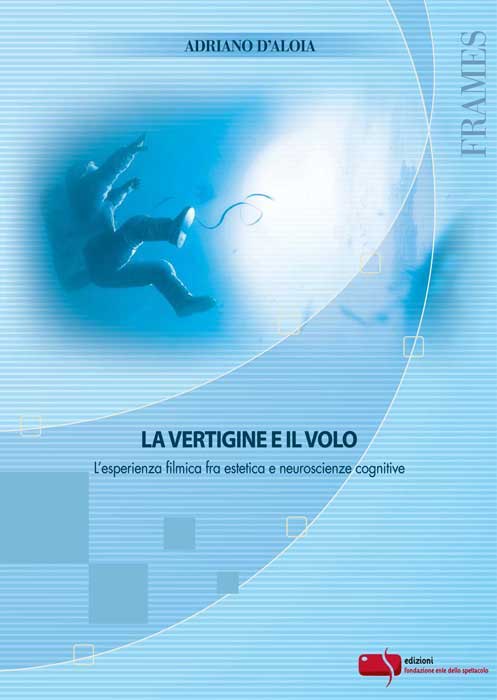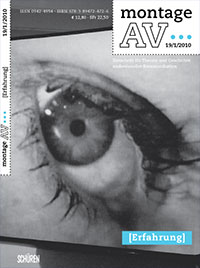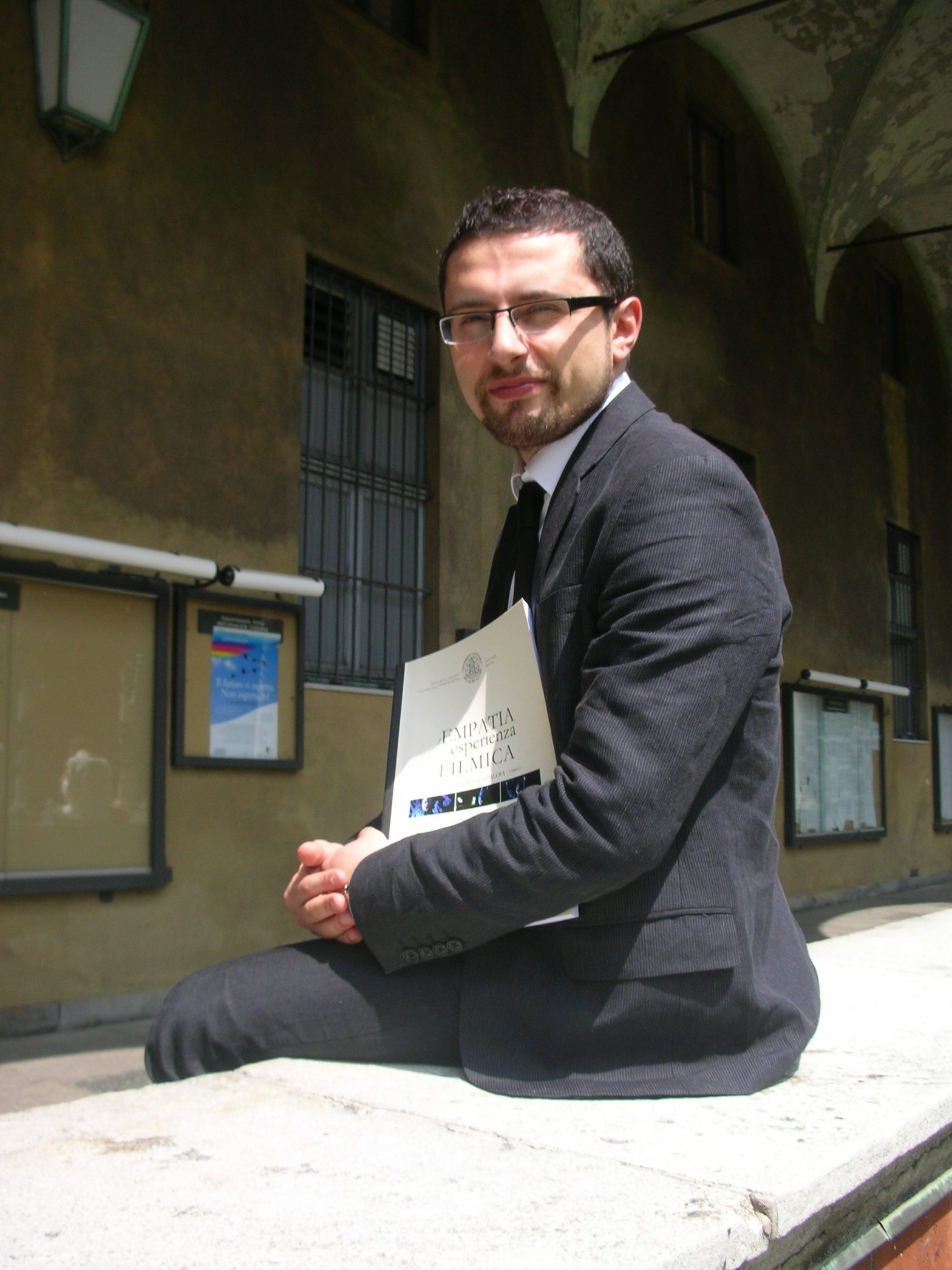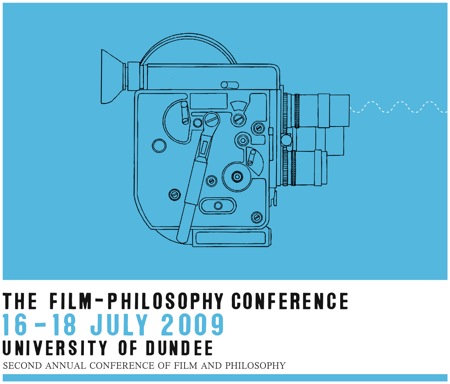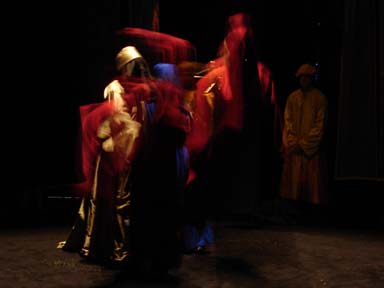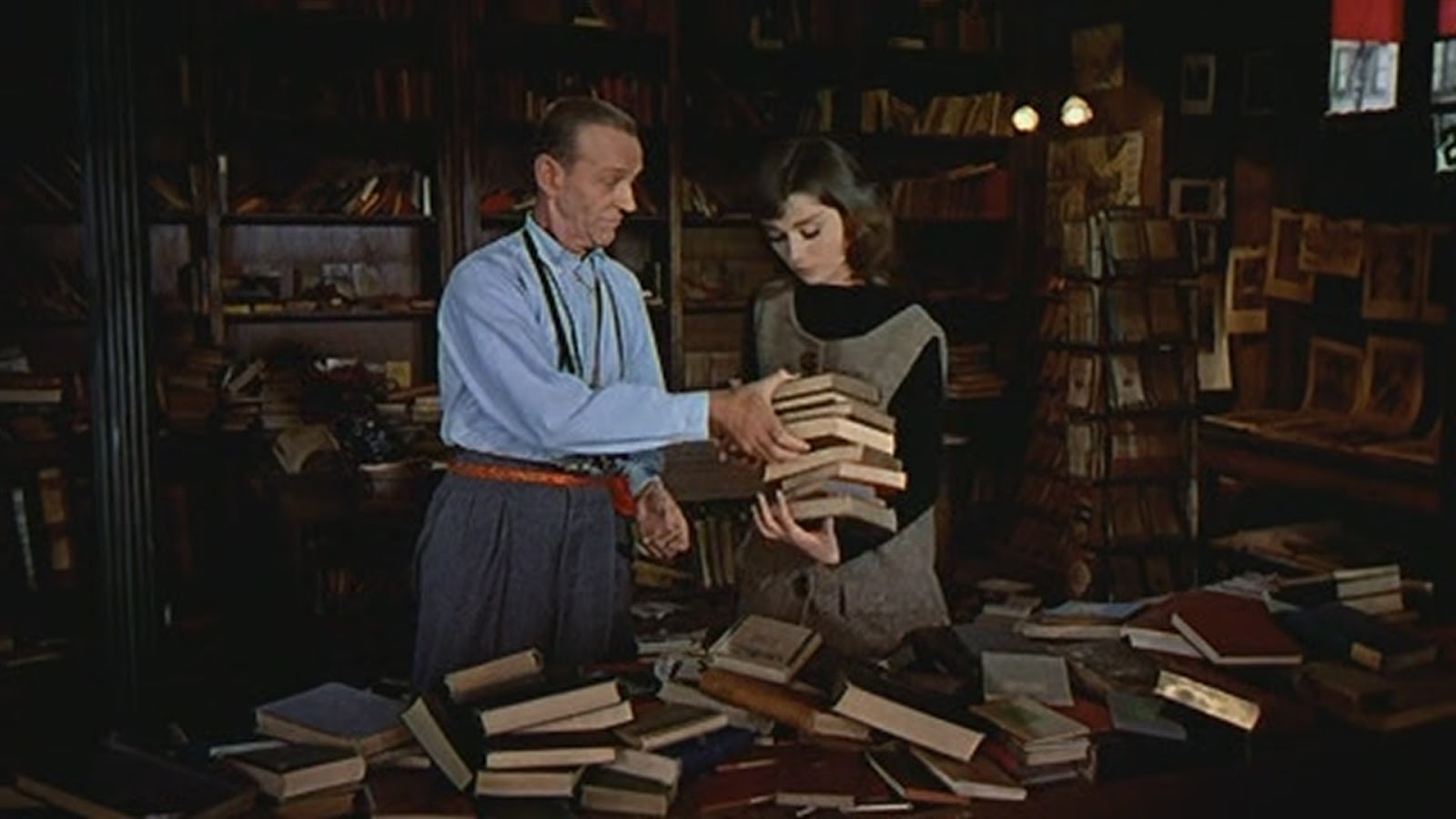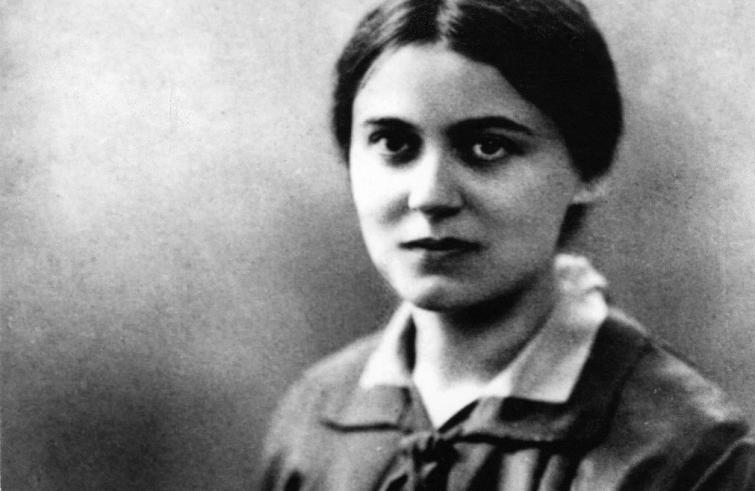Cinema, evoluzione, neuroscienze. Un’estetica naturalizzata del film
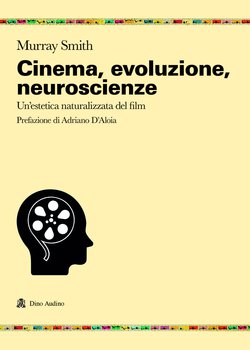

In che modo la scienza può contribuire ad arricchire l’analisi dell’esperienza della visione di un film? Fino a che punto è possibile spingersi nella cooperazione tra le discipline umanistiche e le scienze naturali e sociali? Quali sono i vantaggi e i rischi di tale interazione? Come reagire e rispondere allo scetticismo che aleggia attorno a questa proposta? Fra ardite manovre teoriche e approfondite analisi di film classici e contemporanei, Cinema, evoluzione, neuroscienze cerca coraggiosamente di rispondere a queste domande e delinea un nuovo modo di concepire il coinvolgimento dello spettatore cinematografico. Se vedere un film è sperimentare la vita in una forma più intensa, questo libro dimostra come un’estetica naturalizzata del cinema possa aiutarci a comprendere il desiderio di abitare i mondi della finzione e della narrazione audiovisiva a partire dallo studio della nostra natura umana.
Murray Smith, Cinema, evoluzione, neuroscienze. Un’estetica naturalizzata del film
Prefazione e cura di Adriano D’Aloia
Dino …




